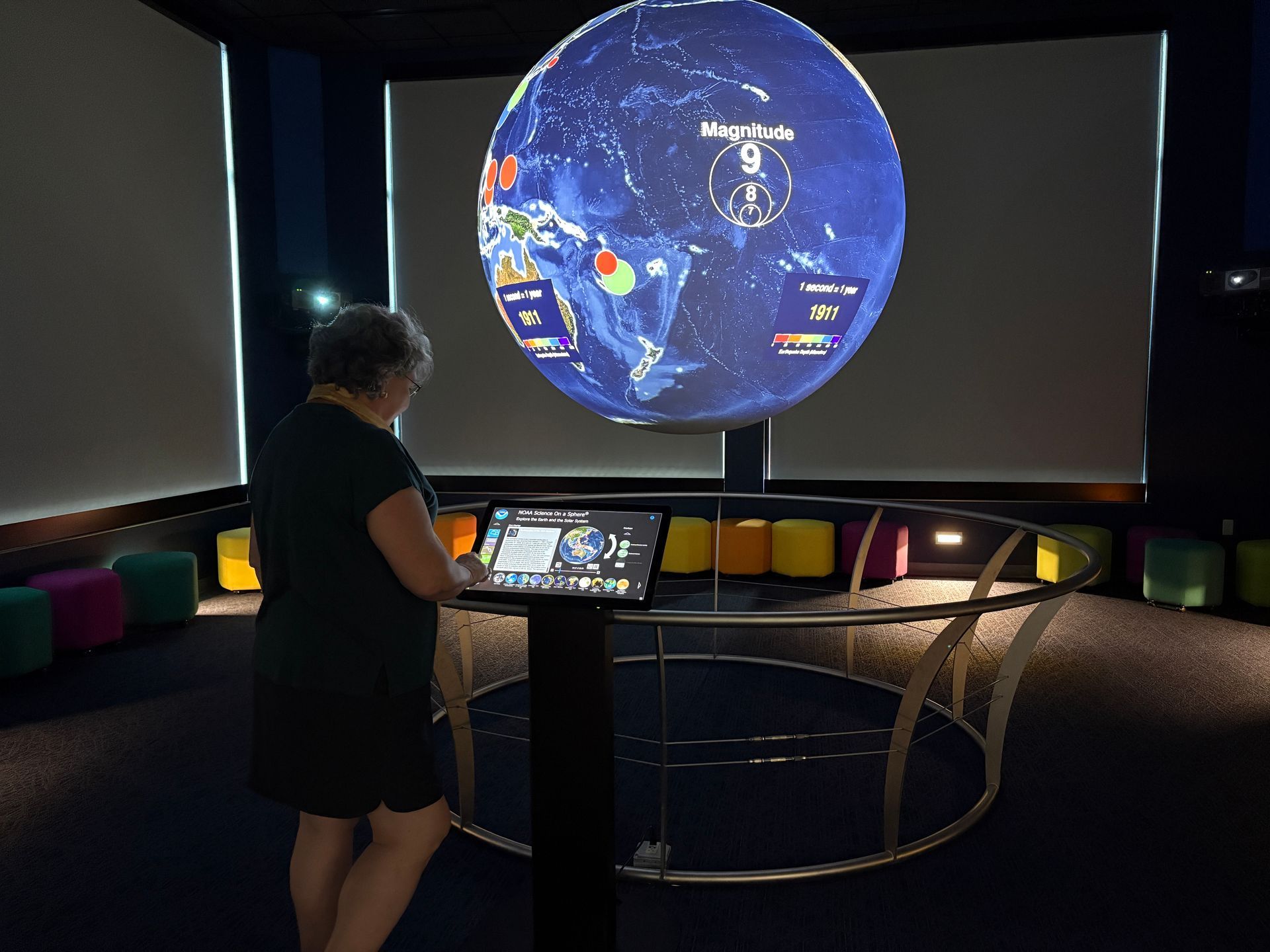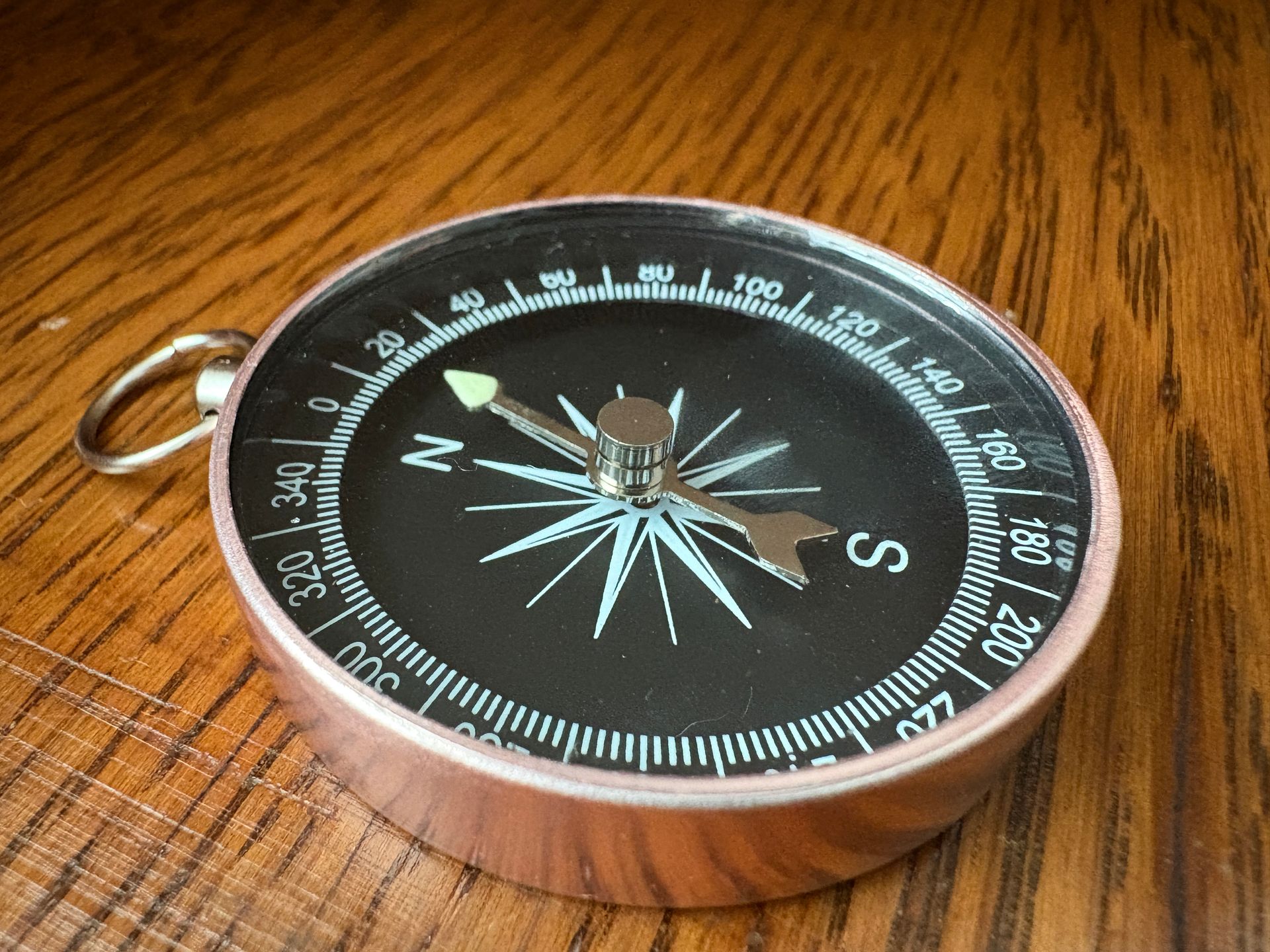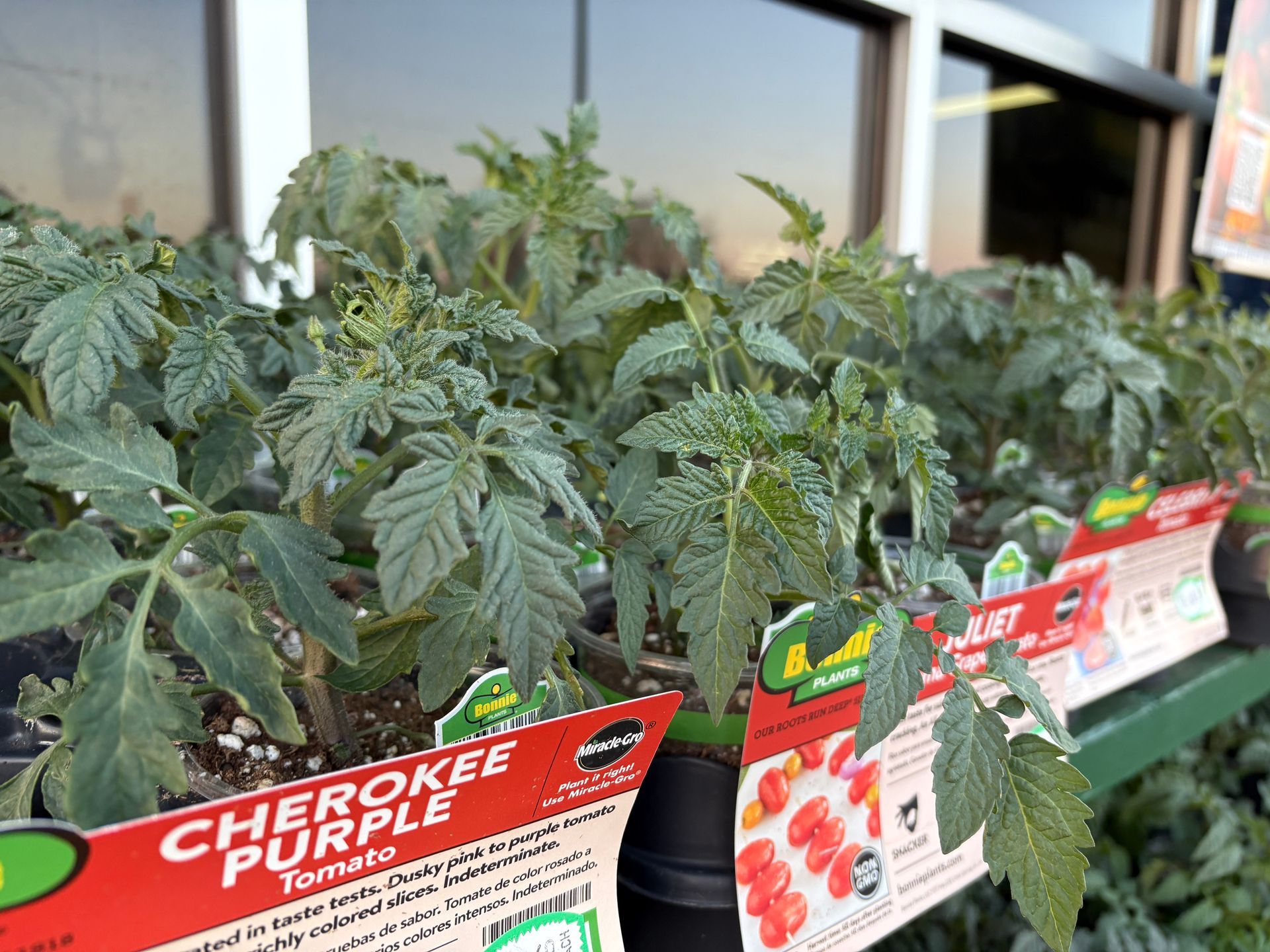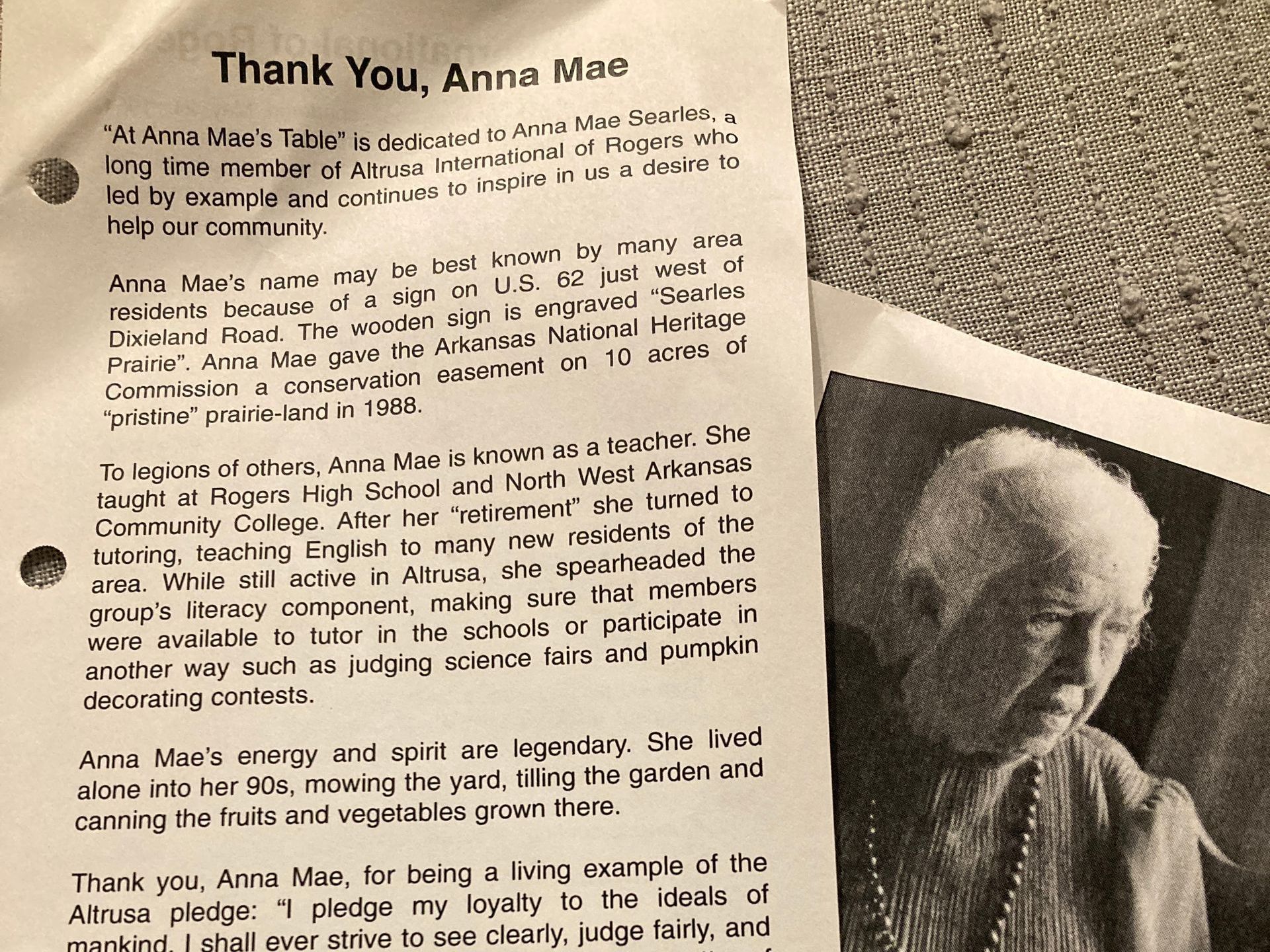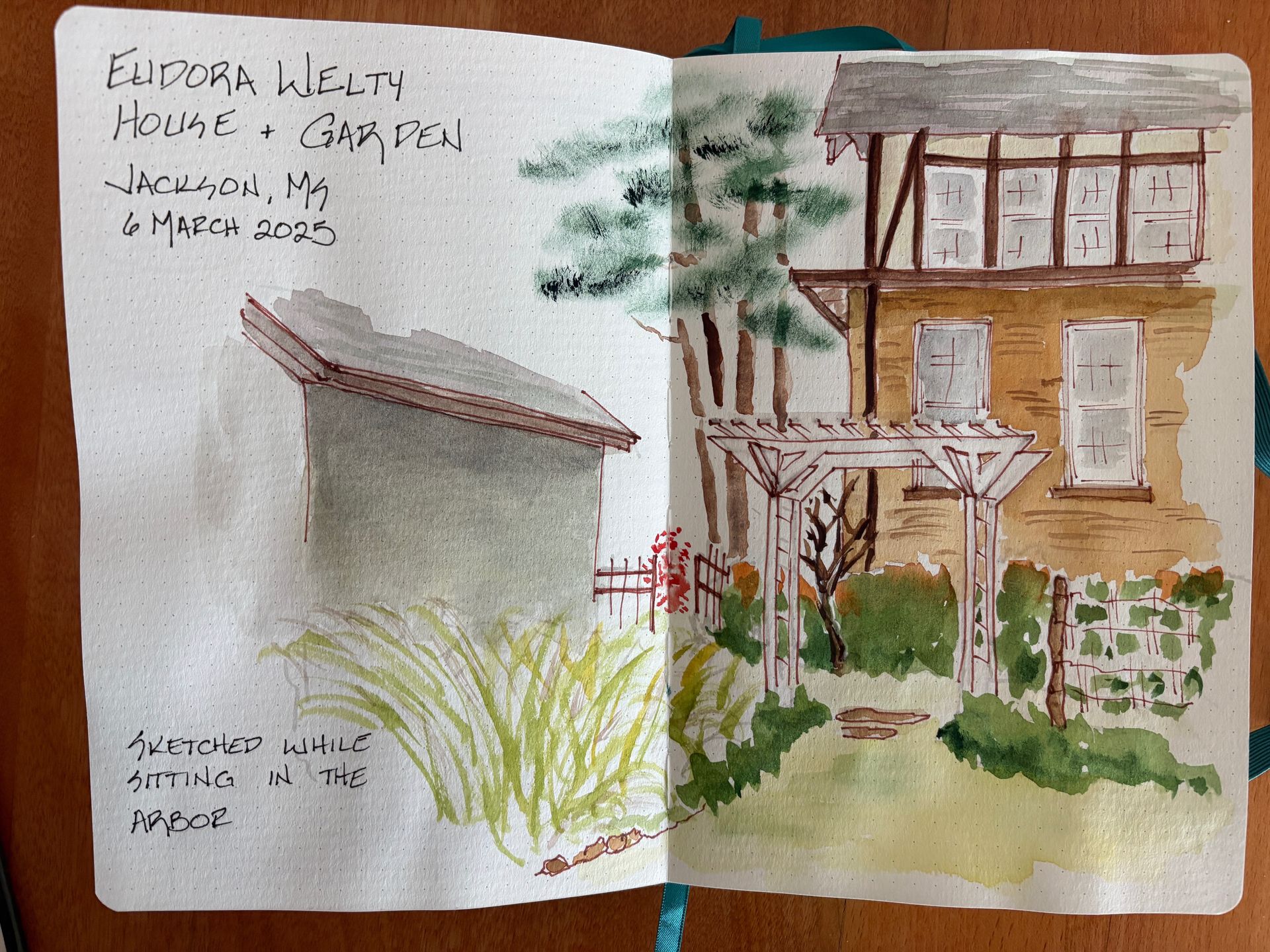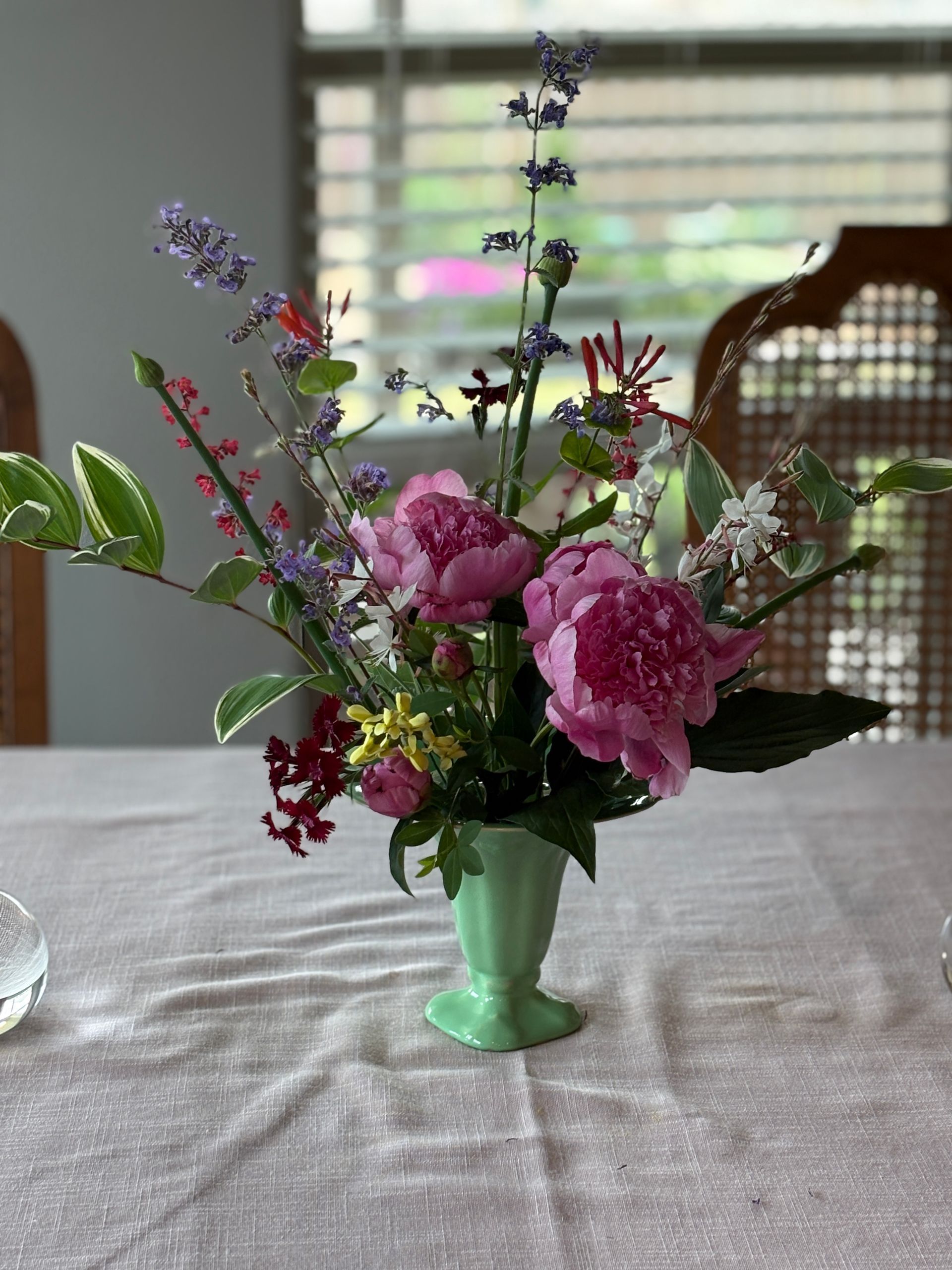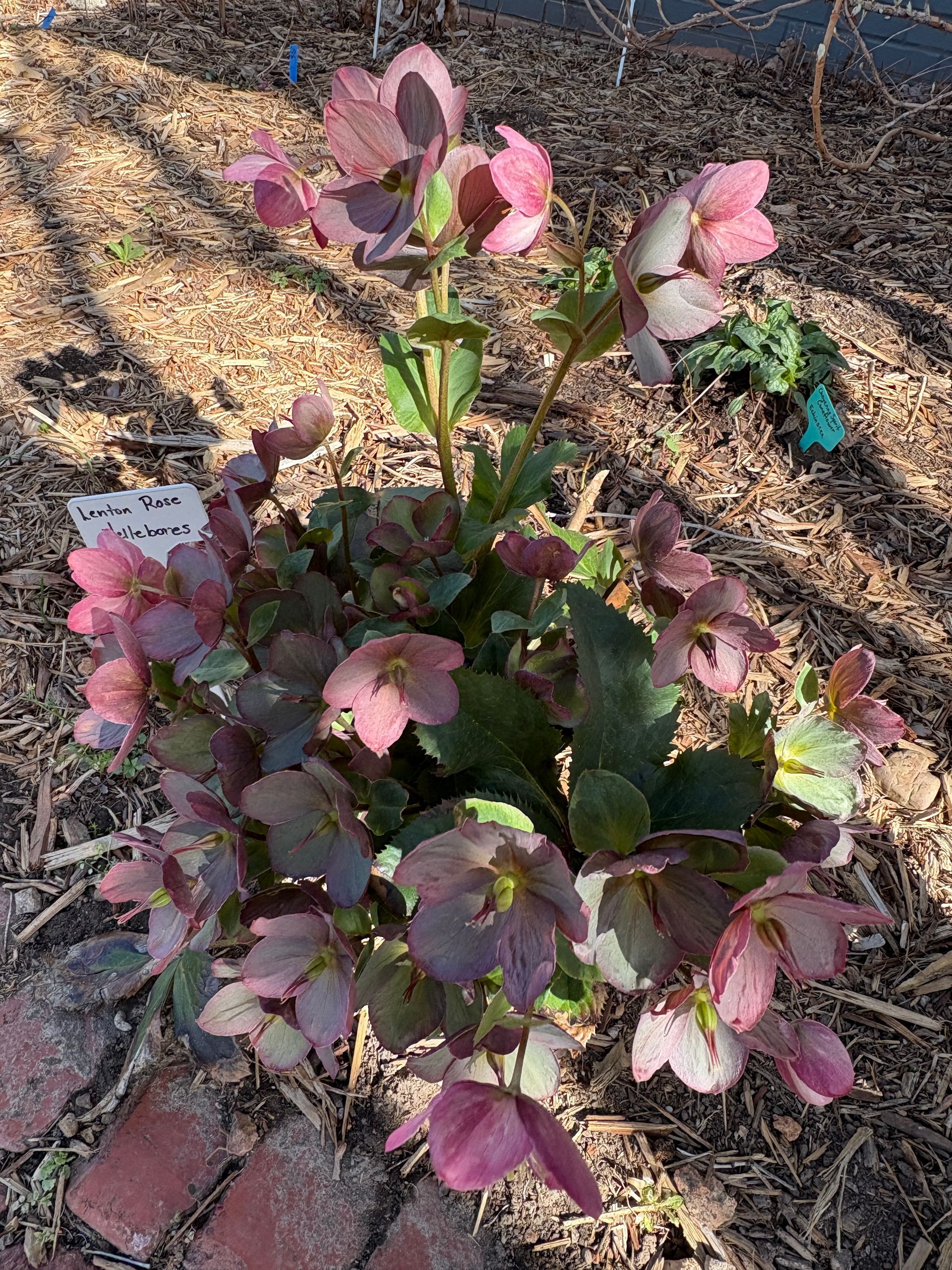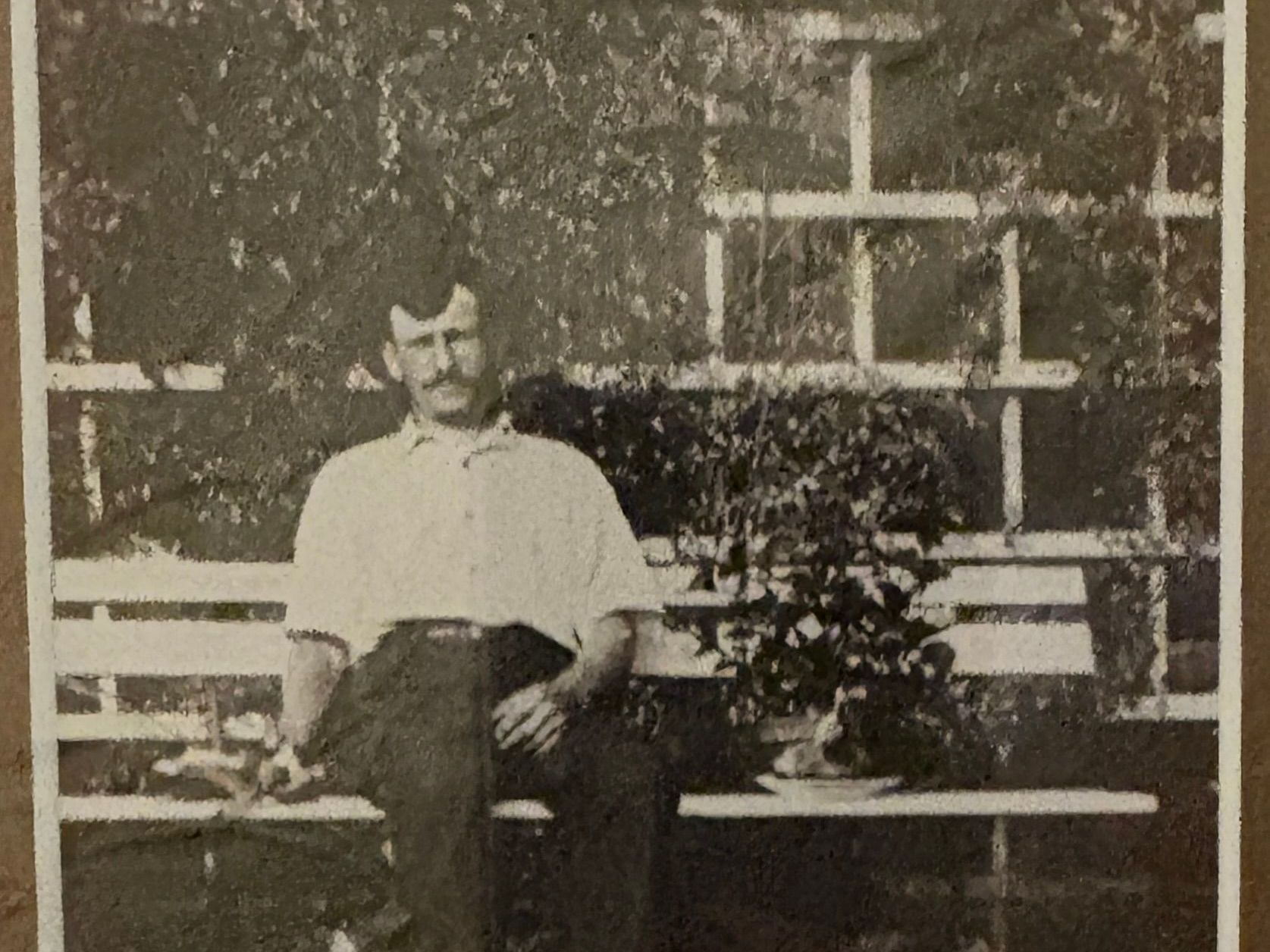This Ol’ Shed
I had knitting friends over Thursday night. One of the best things about having folks over is that the house is cleaned in a frenzy right before. One of the best things about that is my clean house collided with help in the garden and perfect Fall weather on Saturday morning – so why not spend the day in the garden! Kelly transformed bare post-chicken-yard ground into a mulched area under the pines just perfect for a collection of camellias, my hammock, lots of spring bulbs, plus sun-loving perennials. At the same time I shoveled out the chicken shed and laid fresh mulch in its place. Thank goodness there wasn’t a mirror around, because for a while I was wearing my Aussie style Tula hat and a bandana around my nose and mouth to avoid the dust. OK, if that image isn’t bad enough, let me add that it wasn’t a classic western look, thanks to a tacky turquoise and pink abstract design on the bandana. I am glad I never actually saw how I looked – I was just happy to breathe with all the dust being stirred up.
So what was the chicken pen now has a table and chairs on fresh mulch, with an open air feel, between the shade garden and the north vineyard. Sounds lovely, especially if you have browsed a coffee table book on garden sheds. Let me tell you, when I say shed I mean shed. And the table is green plastic surrounded by white plastic chairs gathered up around the property. I’m havin’ trouble attaching a photo tonight, but I’ll get before, during and afters of this project. Still, it has a very calming, relaxed, country feel that fits me. Later I may go out and buy better furniture, but the shed will always be a shed. It’s fun that Kelly, who has been helping me reclaim the garden, is very OK with the style. She even lifted up the old set of wood deck steps that I could not get onto the loads to the dump last week and said “Two posts on this and you have a plant stand. Think of how pretty all of your ladies-in-waiting will look!” My ladies-in-waiting are all the one gallon plants waiting to find a home in my garden. We also decided the collection of 40+ year old fence rails could make a fun edging for the new bed.
The next step is to move the potting bench that my father made for me about 20 years ago into that area. It’s a perfect location and, luckily, the bench is on wheels. The three metal trash cans that held chicken feed will be stocked with potting soil and orchid bark beside the bench.
Today I pruned the variegated pittosporum on the front corners of the house. These were huge masses of foliage when we moved in 9 years ago, but were pruned into windswept clusters of trees. That looks great, but ongoing pruning is needed to keep that look. When I was getting advice on work needing to be done to the house, I was told to prune away any branches touching the house. Leaf and limb pickup is tomorrow and hopefully a new coat of paint on the house is coming soon, so pruning had to be done today. A mountain of pittosporum branches are now piled up beside the road.
I’m addicted to listening to my IPod while gardening and this time I started Knit with Courage, Live with Hope : a good book, but maybe not the best subject for me. It is written by a knitwear designer dealing with her husband’s fast-moving cancer and constant pain. A book being read to me is a good background not only to pruning, but to frantic knitting. Last night I cleaned out my knitting basket and discovered the cabled scarf I was knitting for my uncle. Uncle Steve is living in New Jersey, rather thin, and tells me he walks almost a mile a day. He is also 94 and it is starting to get cold. I must get this scarf done! So I sat on the deck for several more chapters and knitted. The scarf is now long enough to function, but I might as well finish up this second skein before casting off, washing it and getting it into the mail.
